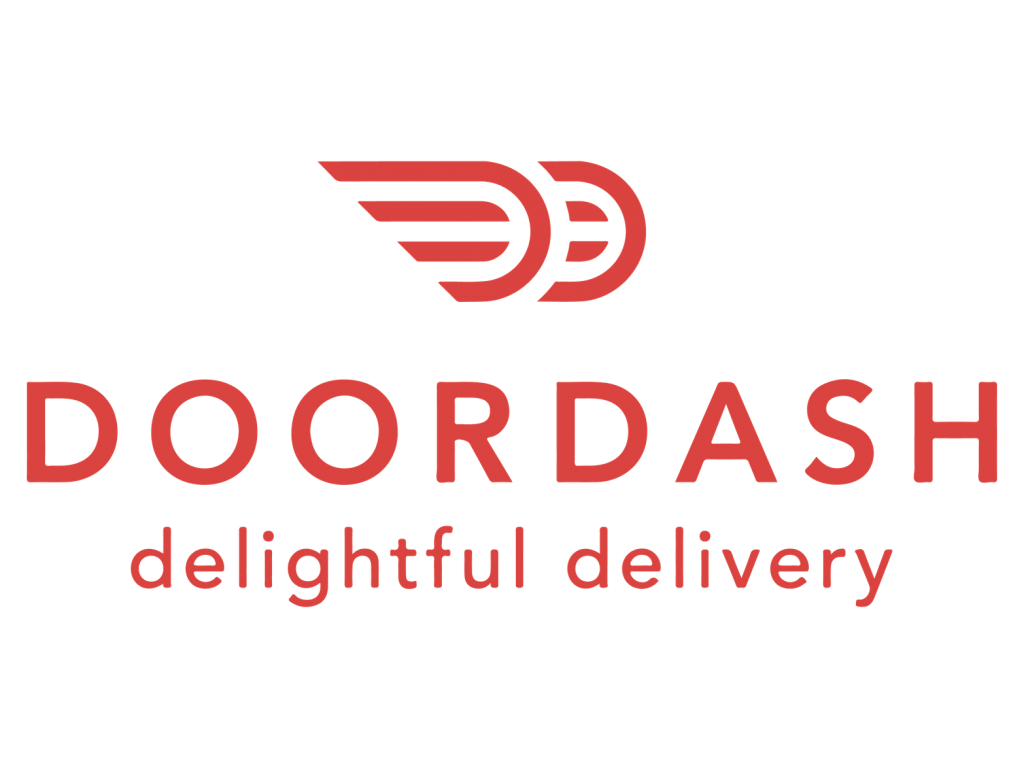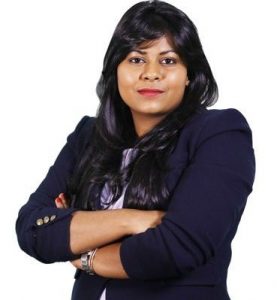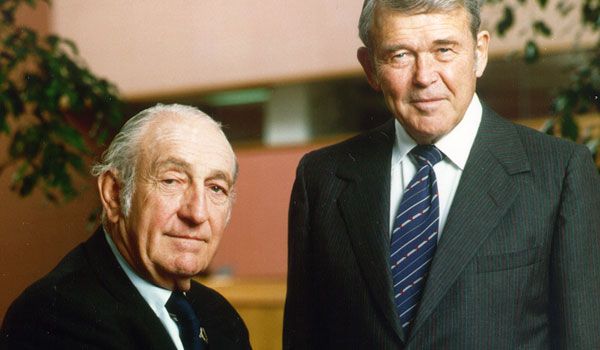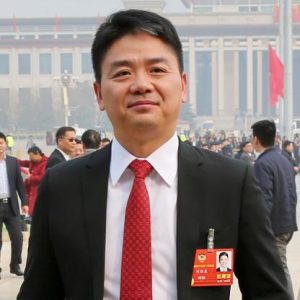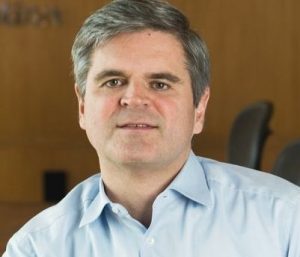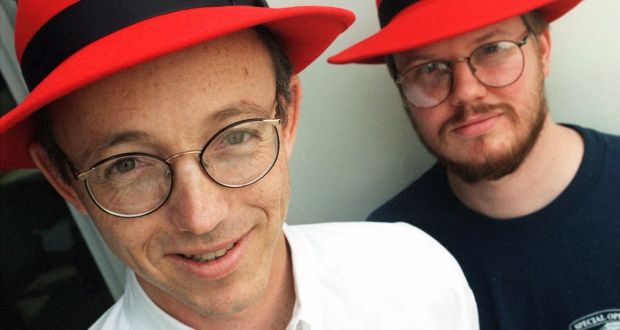Tony Xu : The Co-founder of the Dashing Food Delivery Service ‘DoorDash’
The food industry is blooming with every second that passes. Now that the food industry has got technology-induced in it, one can order any kind of food, anytime, anywhere. It requires nothing but a simple three taps on your tech-savvy devices. In this growing food industry, DoorDash emerges as a key company leading the change. Tony Xu, the founding CEO of the company shares a success story which speaks that a simple problem can turn on the light in our minds to figure out something innovative.
DoorDash Inc. is an on-demand food delivery service which was founded in 2013 by Andy Fang, Stanley Tang, Tony Xu and Evan Moore. The founding story of DoorDash, as described by Tony, is an ‘unlikely one’.
It was 2012, and all four of the founders were working on an app which focused on building the technology for small businesses. They used to go and talk to the owners of coffee shops and restaurants. It all started when they were in a small macaroon store, in Palo Alto. The manager of the store, Chloe, expressed all the problems in her day to day business. However, as they were about to leave, Chloe showed them a thick booklet, which contained pages of delivery orders, and said, “This drives me crazy. I have no drivers to fulfil them, and I’m the one doing all of it.”
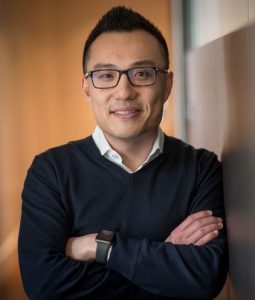
All four of them had their lightbulb moment. They spent the next few weeks interviewing and questioning other small businesses (nearly 200) and heard the same thing over and over again: ‘Deliveries are painful’. They started coding keeping in mind that they can improve this backlog and were ready with their first prototype within a few hours.
On January 12th, 2013, Palo Alto Delivery was born. The service spread so quickly that all the four members were delivering all over the Stanford campus. In the day, they were students and, in the night, they were delivery drivers. The name ‘Palo Alto Delivery’ was changed to DoorDash, in June 2013, and the delivery drivers were called the ‘Dashers’. “We learnt so much from driving in the streets. Now, anyone who joins the company, has to be a Dasher for at least 1 week,” said Xu.
“When we first started, we were trying to solve our own problems of getting food delivered. But soon, it grew quickly within the Stanford community and beyond. We found out that many families and office workers in the area have the same problem. When we deliver food, it’s as much about delivering happiness as it is about bringing convenience,” DoorDash posted on Medium.
Tony Xu, is a first-generation American. His first job was at his mom’s restaurant. His education includes B.S. (High Honours) in Industrial Engineering and Operations Research from UC Berkeley, M.B.A. from Stanford Graduate School of Business. He was an Arjay Miller Scholar at Stanford. He started his professional career at McKinsey and Company. After that, he worked in Product at Square and led special projects for CEO and CFO at eBay.
When he started DoorDash, his simple mission was to enable every merchant to deliver easily, and that mission has come a long way. DoorDash has drawn investments worth $700 million with key investors being: Khosla Ventures, SoftBank, Sequoia Capital, GIC, Kleiner Perkins Caufield, and Byers. During 2018, the company was valued at $1.4 billion in a round of funding.
In April 2018, DoorDash stepped into the grocery deliveries with a partnership with Walmart. Further, in the year, DoorDash surpassed Uber Eats to become the second largest company in US food delivery sales behind only GrubHub.
The company took everyone by surprise when its valuation took place in February 2019. The company’s value increased 5 times and valued $7 billion when the rounding was done by SoftBank, Vision Fund, DST Global and Y Combinator.
Tony Xu, has also kept the focus of the company on an issue very important to him personally. Project DASH was launched and has since focused on the efforts to save food from wastage.
“Today, more than four and a half years after we first launched the company, we’re still passionate about transforming local businesses helping them thrive in this digital and convenient economy.” Tony Xu, the founding CEO is leading his company with its dashing food delivery services to new heights and is setting an example in front of the world that if innovation stays, then progress to success will always be on the tracks.

Raghav is a student and a content writer. He loves to write about emerging as well as the existing technologies around and about the ones who bring them to you. Music is the other passion that Raghav processes. It is like the fuel to his body. He is also in writing songs and poems. He believes that life is short, so live the best out of what you have got. Raghav considers himself a sci-fi guy, having stories and tech all around in his head, all the time.
